Keywords: Social Teaching
-
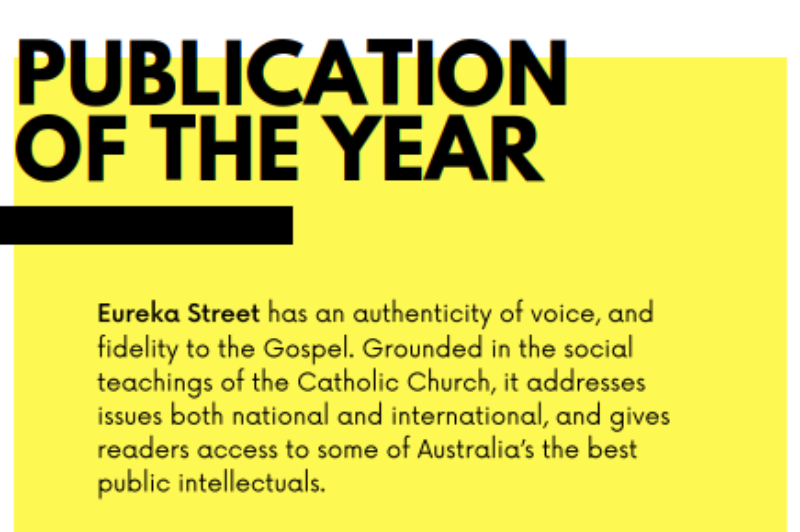
INFORMATION
Eureka Street was named Publication of the Year at the 2021 Australasian Religious Press Association Awards, with the judges citing its 'authenticity of voice and fidelity to the Gospel'. They said Eureka Street was 'grounded in the social teachings of the Catholic Church, it addresses issues both national and international, and gives readers access to some of Australia's best public intellectuals.'
READ MORE 
-

RELIGION
- Andrew Hamilton
- 19 August 2021
11 Comments
Last week the annual Catholic Social Justice Statement was launched. Entitled Cry of the Earth, Cry of the Poor, its theme is care for the environment. In the same week the authoritative Intergovernmental Panel on Climate Change (IPCC) Report warned of the need for immediate and radical effort to minimise emissions and of the likely effects of their existing growth.
READ MORE 
-
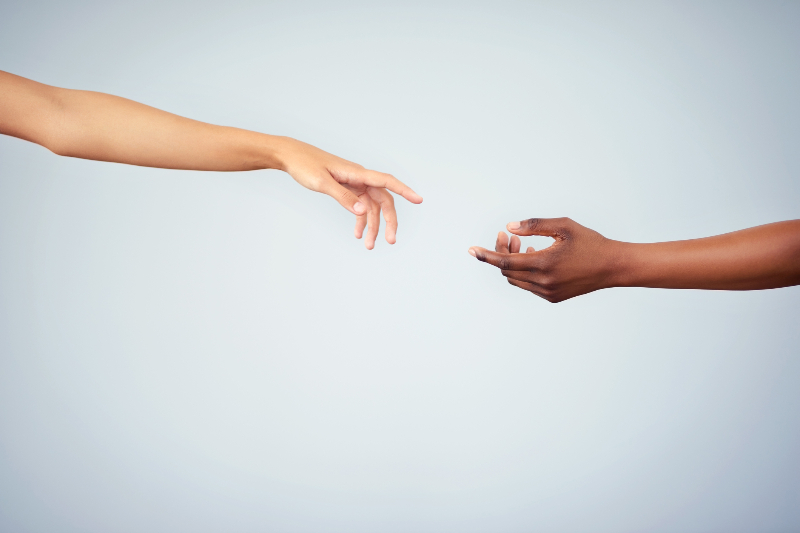
RELIGION
- Andrew Hamilton
- 05 August 2021
60 Comments
Critical Race Theory, which has recently been banned ineffectively by the Australian Senate from the National Curriculum, has everything going for it as a lightning rod. It has an acronym (CRT), opacity and an air of self-importance. It is also associated with a controversial social movement: Black Lives Matter. The theory does not need to be understood before generating heat.
READ MORE 
-
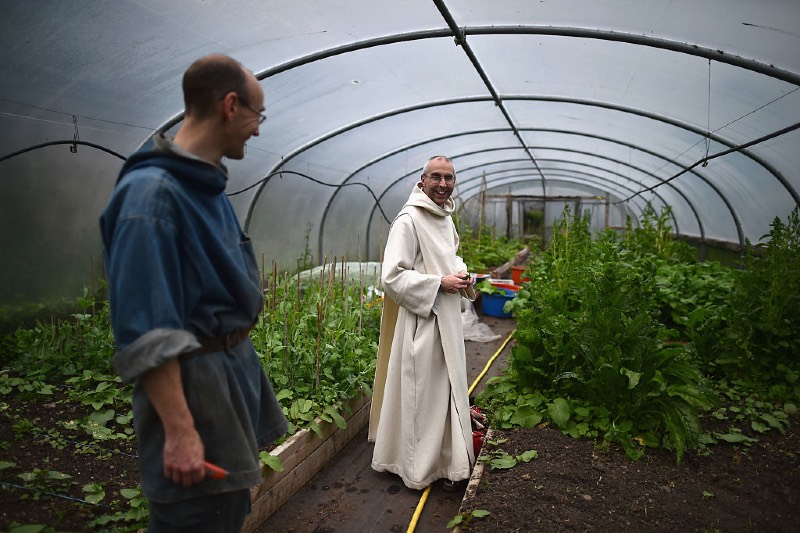
RELIGION
- Andrew Hamilton
- 15 July 2021
14 Comments
Benedict’s rule anticipates and handles the weakness inherent in enthusiastic movements led by charismatic leaders to leave the world. They import into the communities the power-based relationships in the world that they left.
READ MORE 
-
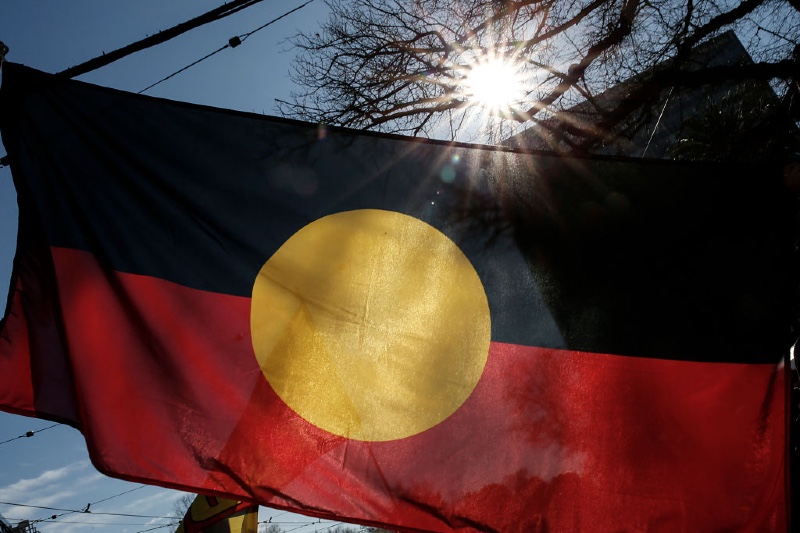
FAITH DOING JUSTICE
But it is possible the members of the Plenary could begin to hear a deeper voice speaking in their hearts. There may arise a new courage to start a process of truth and reconciliation, reporting the process of this journey to the second Plenary Council planned for Sydney, July 2022. We can only begin that journey if members of the Plenary Council come and are open to listening to that deep inner voice.
READ MORE
-
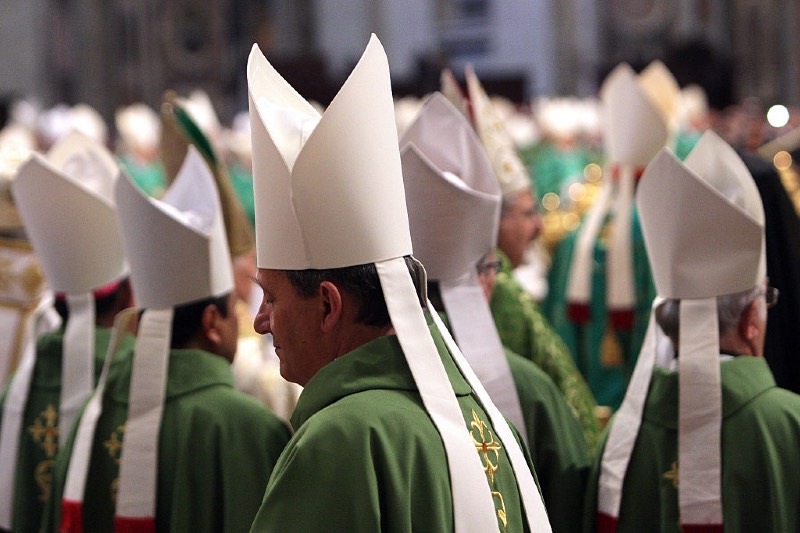
RELIGION
- Andrew Hamilton
- 03 June 2021
58 Comments
At first sight the recent Vatican announcement that a forthcoming synod would be delayed was non-news. All synods are considered boring, and a synod on synodality sounds entirely self-referential. Yet the announcement was significant. The synod will take up much time and energy of Catholics at the local, diocesan, national and international level for almost three years.
READ MORE 
-
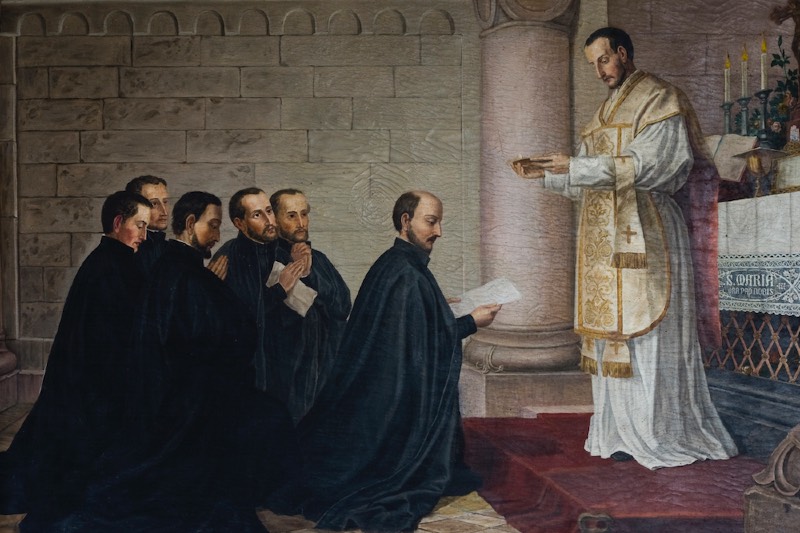
RELIGION
- Andrew Hamilton
- 20 May 2021
29 Comments
20 May marks the five hundredth anniversary of a chance event with large consequences. In 1521 a stray cannonball ricocheting off a castle wall in a minor skirmish broke the leg of a knight defending the castle. It had large consequences for him and for the world. The long convalescence of Ignatius Loyola after the siege of Pamplona changed the direction of his life and shaped the church and world that we inherited.
READ MORE 
-
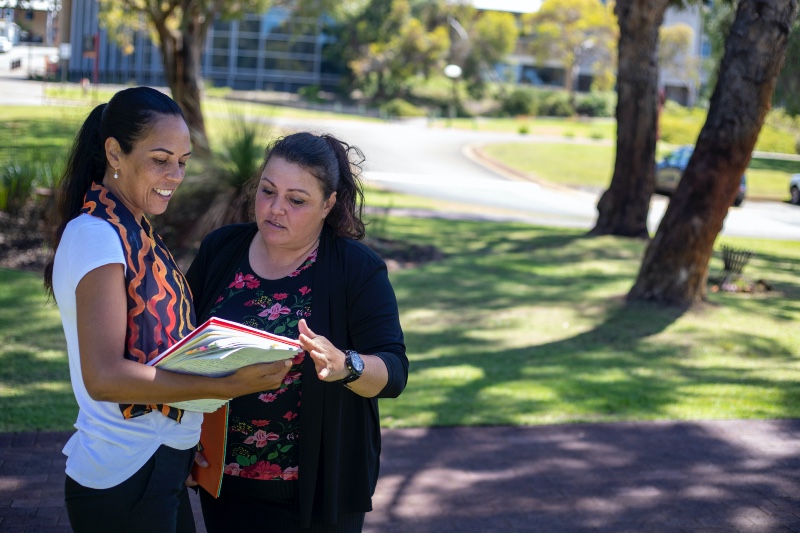
RELIGION
- Garry Deverell
- 18 May 2021
19 Comments
It is no coincidence that white ‘settler’ theology in this country has barely begun to engage with Indigenous people. Arguably, it has only begun to do so because the Indigenous citizens of the churches have begun to cast off the imaginative shackles made for us by our white gubbas and find our own voice.
READ MORE 
-
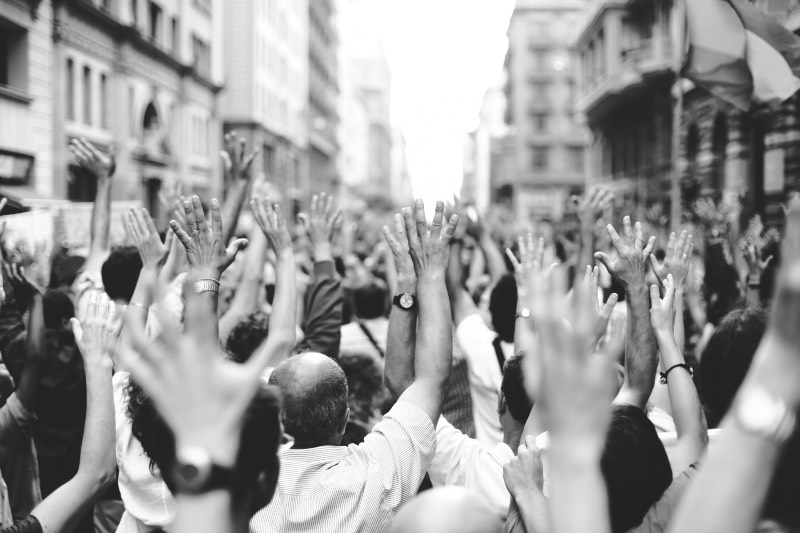
INTERNATIONAL
- Andrew Hamilton
- 15 April 2021
4 Comments
The parallels with our own times of the events of Black Friday in 1921, with its movement from a time of heavy social spending and the flowering of social capital to a time of recovery, and the fateful choices that are made at such times, are evident. We await the results of the economic choices being made by government and their effects on community and solidarity.
READ MORE 
-
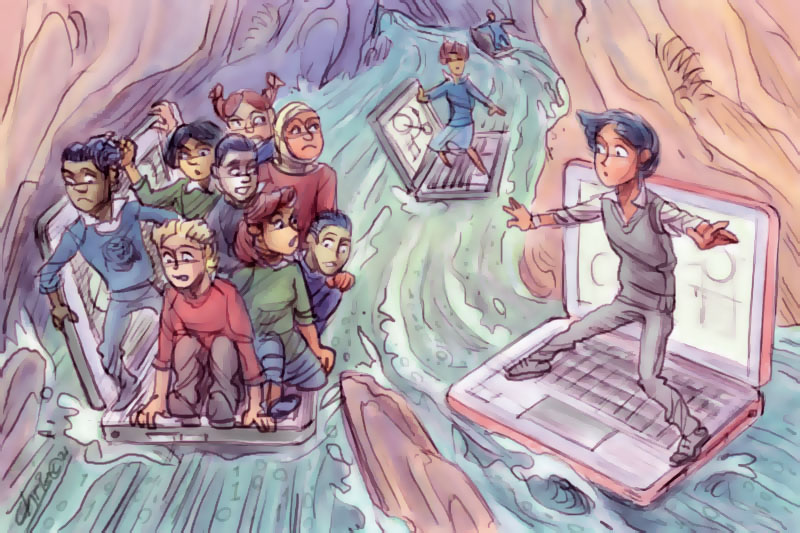
AUSTRALIA
- Nicola Heath
- 23 February 2021
3 Comments
For those of us who already regularly shopped, banked, studied and worked via the Internet, it was easy to adapt to telehealth appointments with doctors and video calls with friends and family. Of course, these activities require access to the Internet — something 2.5 million Australians are without. A further 4 million access the Internet solely using a mobile connection. For these citizens, the pandemic exacerbated the existing digital divide.
READ MORE 
-
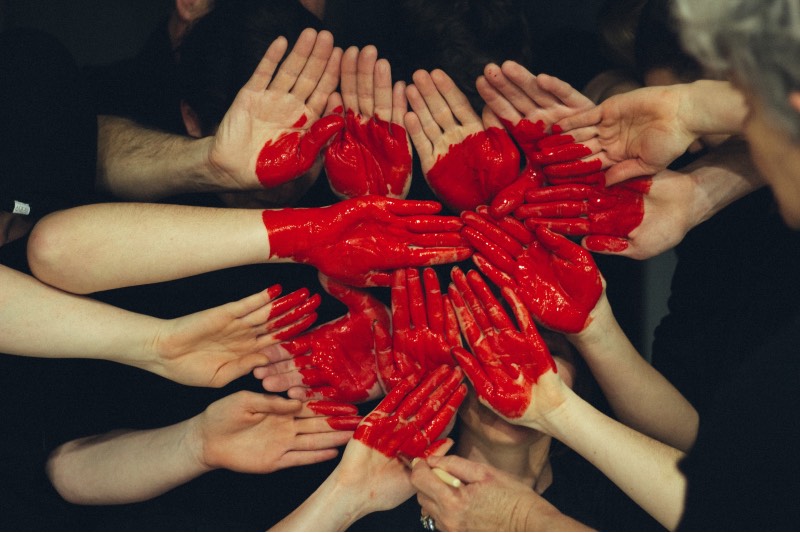
FAITH DOING JUSTICE
- Anthony Albanese
- 23 February 2021
17 Comments
What we have is a rare opportunity — in all likelihood a once-in-a-lifetime chance — to shape the future and emerge from the pandemic as a better, fairer nation.
READ MORE 
-
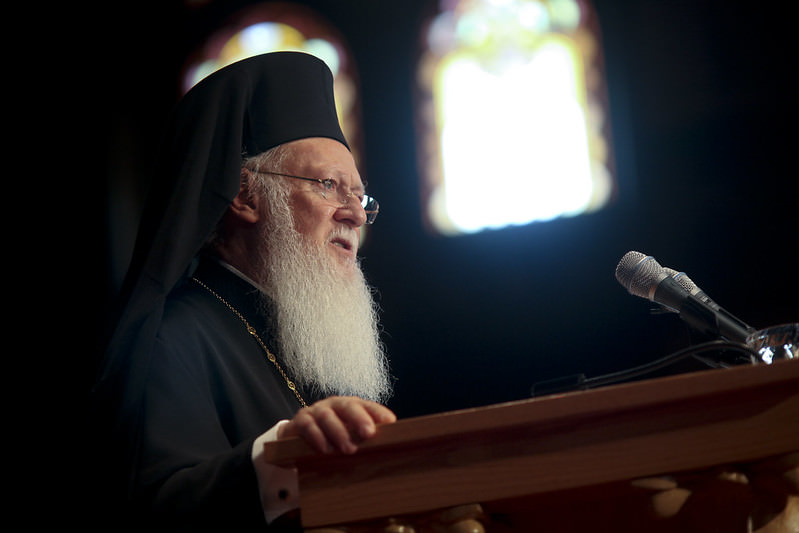
ENVIRONMENT
- Stephen Minas
- 18 February 2021
2 Comments
The COVID-19 pandemic has provoked difficult questions about the links between the simultaneous health and ecological crises. These questions were examined in late January at the virtual Halki Summit, the latest in a long series of environment-focused events convened by the Istanbul-based Ecumenical Patriarchate.
READ MORE 